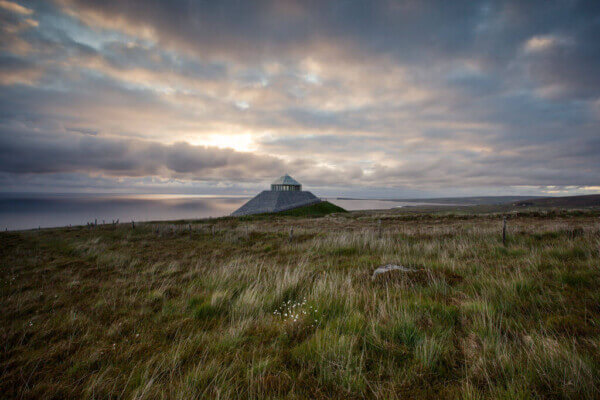For visitors who are interested in seeing some of the country’s beloved castles and other attractions, a trip to any one of Ireland’s heritage sites is well worth it.
This news item and page contain affiliate links and I may earn compensation when you click on the links at no additional cost to you.
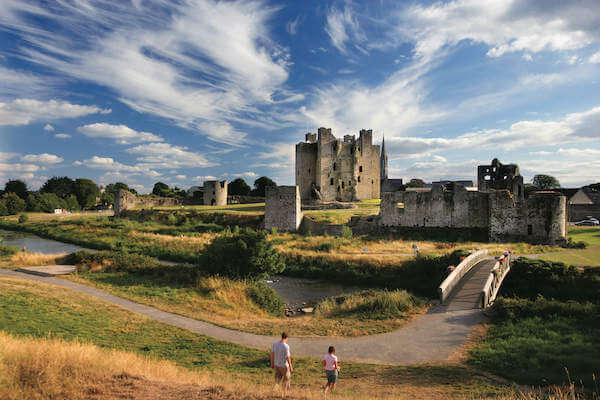
Most of the heritage sites you’ll see in Ireland, such as castles and other attractions, are run by the Office of Public Works.
Several of them are normally free to visit, and some are also free to visit on the first Wednesday of each month.
However, the more popular ones like Kilmainham Jail in Dublin, The Rock of Cashel in Co. Tipperary, the Brú na Bóinne Visitor Centre in Co. Meath, which includes Newgrange and Knowth, as well as Kilkenny Castle, among others, are paying attractions.
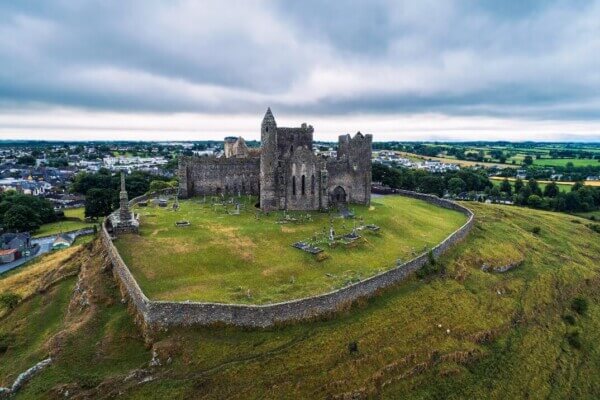
Here are some of the lesser-known heritage sites in Ireland that are also worth seeing.
Battle of the Boyne/Oldbridge Estate, Co. Louth
The Battle of the Boyne between King William II and the deposed King James II (his father-in-law) is a watershed moment in Irish history and the iconic battle and its consequences are retold at the heritage site known as the Battle of the Boyne Visitor/Oldbridge House.
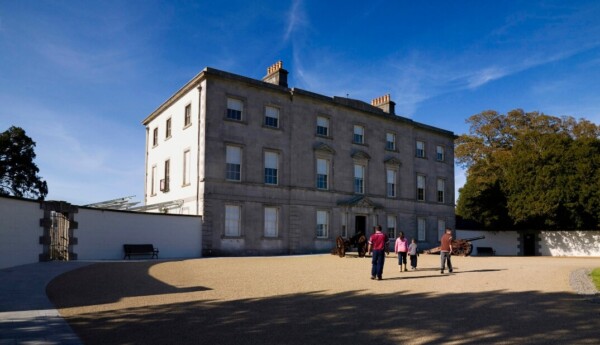
The battle was fought on July 1, 1690.
The Williamite side had 36,000 troops and the Jacobites had 25,000.
In total, it was the largest number of troops ever deployed on Irish soil. James ultimately lost that battle, which of course meant he was unable to regain the British crown.
More importantly for Ireland, it meant the continuance of the Protestant ascendancy for centuries to come.
The visitor center is located in the restored 18th-century Oldbridge House, which is on the battle site.
The center runs specific guided tours throughout the year that are announced beforehand. Otherwise, a self-guided tour through the center's exhibition space will provide you with a good history of the battle.
Admission is a nominal €5 for adults, €4 for students and seniors, €3 for children under 12, and €13 for a family.
Blasket Centre, Dingle, Co. Kerry
At the tip of the Dingle Peninsula, you will find the Blasket Centre, a heritage site devoted to the unique community that once lived on the Blasket Islands.
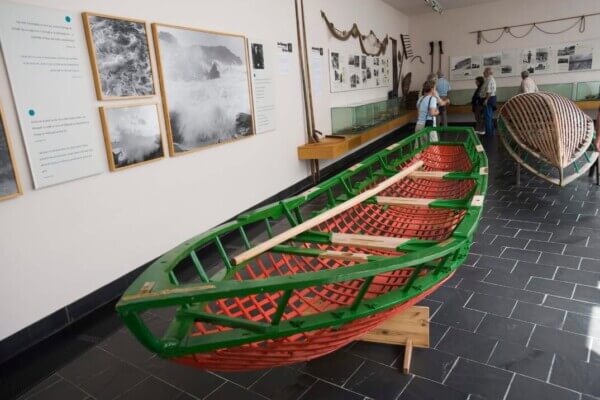
The center tells the story of island life and how the community survived on fishing and farming, as well as the literacy legacy that emerged.
The center contains exhibitions, interactive displays, artifacts, audiovisual presentations, and more.
Admission to the center is as follows: adult (€5), senior/group (€4), child/student (€3), and family (€13). Children under 8 are free.
Carrowmore Megalithic Cemetery, Co. Sligo
This is the largest site of megalithic tombs in Ireland.
There are 30 that remain today.
Archaeologists believe the monuments, which are about 6,000 years old, were built and used by people who came to Sligo from Brittany in northwest France.
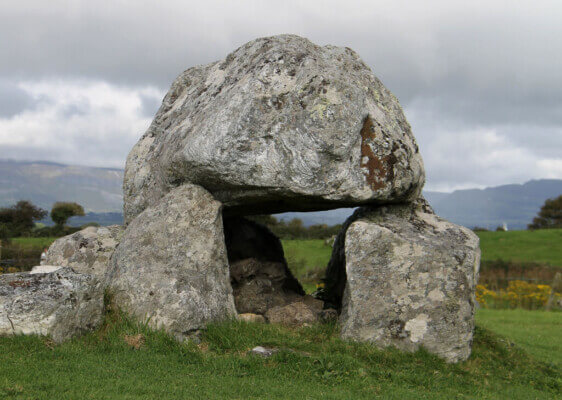
Reports of ongoing damage to this and other precious megalithic sites in Sligo were reported in the Irish press.
Admission to gain entrance to the Carrowmore Megalithic Cemetery Visitor Centre is €5 for adults, €4 for seniors, €3 for children and students, and €13 for a family ticket.
Castletown House & Parklands, Co. Kildare
Castletown House is an imposing Palladian estate located in the County Kildare countryside, the largest and most significant of its kind in Ireland.
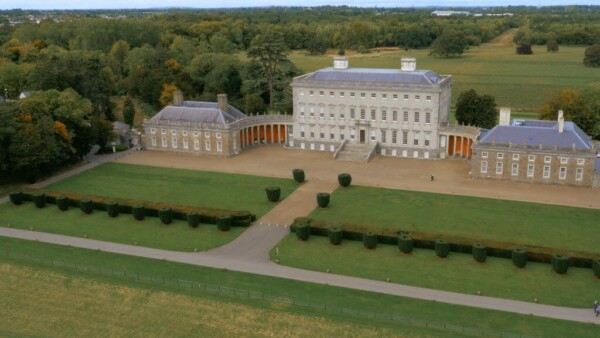
The house, which is part of a 550-acre estate, was built between 1722 and 1729 for the Speaker of the Irish House of Commons, William Connolly.
It was designed by the famous Italian architect of the time, Alessandro Galilei.
Some say it inspired the design of the White House, which was overseen by the Irish-born architect James Hoban.
This is one of Ireland's heritage sites you shouldn't miss.
Self-guided tours can be booked on the Castletown House website. If you are interested in a guided tour, email [email protected] to arrange a date and time.
Search for a Rental Car in Ireland with Discover Cars
Ceide Fields, Co. Mayo
This is the most extensive Stone Age site in the world revealing stone wall field systems, dwelling areas, and megalithic tombs.
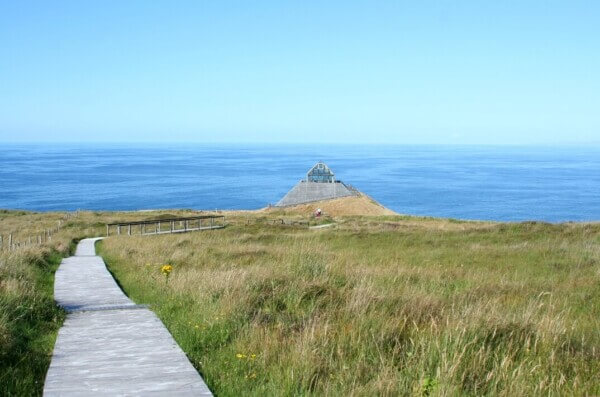
Believed to be about 6,000 years old, the site was covered under a blanket bog until the 1930s when a local schoolteacher noticed a pile of stones at the bottom of the bog while cutting turf.
Forty years later, his son, an archaeologist, would confirm what was really under the bog.
The heritage site's award-winning visitor center is a must-see. Admission is €5 for adults, €4 for seniors, €3 for children under 12, and €13 for a family of 4.
Charles Fort, Co. Cork
This 17th-century star-shaped fort located in Kinsale Harbor is one of the largest military installations in Ireland.
It has been associated with some of the country’s most momentous events, including the Williamite War of 1689-91 and the Irish Civil War of 1922-23.
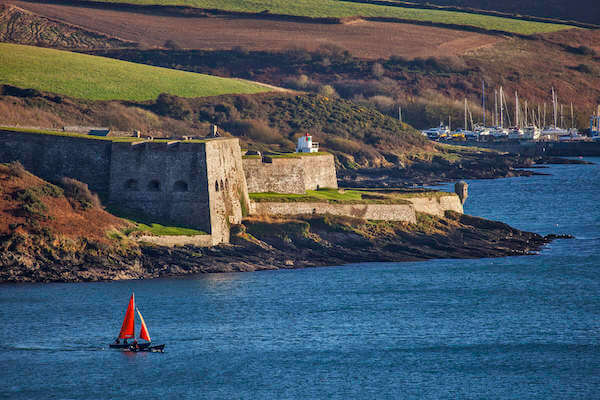
Self-guided tours can be booked on the Charles Fort website. According to the website, guided tours are an option but visitors must enquire at the reception when they arrive as some are not available year-round.
General admission is as follows: adults €5, groups/seniors €4, children/students €3, and €13 for a family of 4.
Clonmacnoise, Co. Offaly
Founded by St. Ciaran, Clonmacnoise was once a major center of religion in Ireland beginning in the 9th century.
In fact, from the 9th through 11th centuries, it was the burial spot of choice for some of the country’s most important people, including Turlough O’Connor, King of Connacht, and his son Rory who are reputedly buried there.
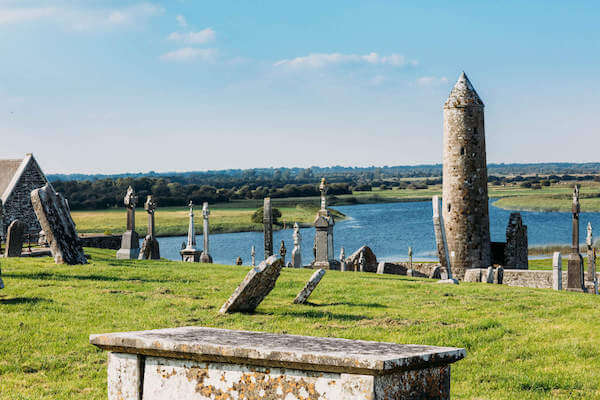
After numerous raids by the Vikings, the native Irish and the Normans, Clonmacnoise was largely abandoned by the end of the 13th century.
Today the site located on the banks of the River Shannon includes nine ruined churches, two round towers, a castle, as well as several stone crosses and cross slabs.
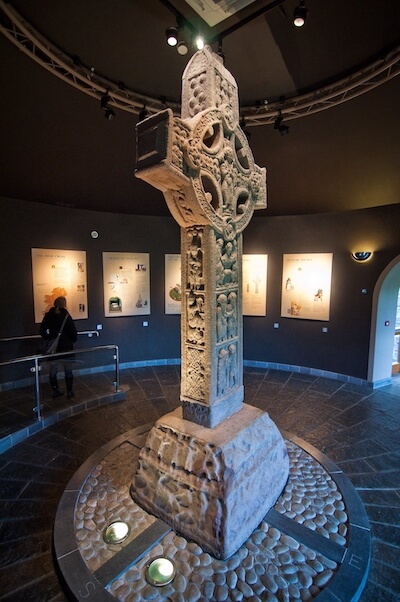
The most well-known of its artifacts includes the Cross of the Scriptures (a replica is outside, but you can find the original in the visitor’s center).
The 4-meter (13-foot) cross is one of the most beautiful in Ireland, displaying scenes from the Crucifixion, the Last Judgment and Christ in the tomb.
This peaceful site is open year-round except on Christmas Day.
Desmond Castle, Newcastlewest, Co. Limerick
Not to be confused with Desmond Castle Adare, this imposing two-story structure once used by the Earls of Desmond was built in the 15th century.
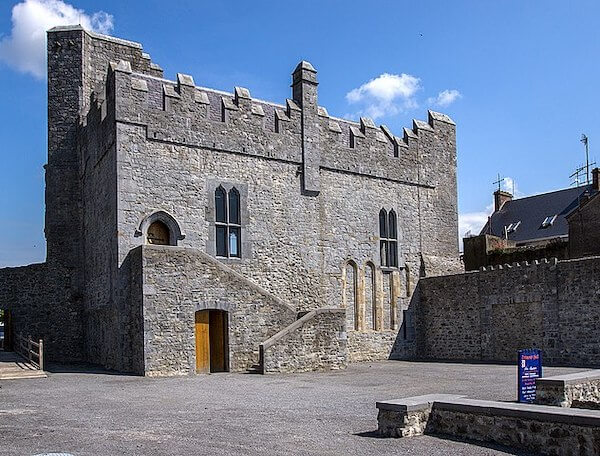
The banqueting hall is the most impressive aspect of the castle, which was partly restored during the 20th century.
Its features include an oak musicians’ gallery and a limestone hooded fireplace.
Visitors can do a self-guided tour of the castle yourself, but if they want to learn more about its history, they should email Padraig ORuairc at [email protected]. Admission is free.
Dun Aonghasa, Aran Islands
Dun Aonghasa (also known as Dun Aengus) on Inis Mor, the largest of Co. Galway’s Aran Islands is the best-known of several prehistoric hill forts in the region.
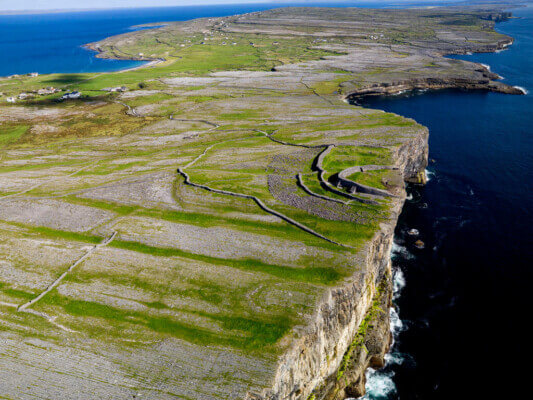
It is located on the edge of a cliff that rises 100 meters (330 feet) from the ocean.
The fort consists of three massive dry-stone walls and a series of jagged, upright stones.
Archaeologists believe it was constructed around 1,100 B.C. and re-fortified sometime between 700 and 800 A.D.
Self-guided tours cost €5 for adults, group/seniors: €4.00, child/student: €3, and family €13.
Aran Islands Scenic Flight and Galway Rail Tour from Dublin
Emo Court, Co. Laois
Emo Court was designed by the noted architect James Gandon in 1790 for the Earls of Portarlington.
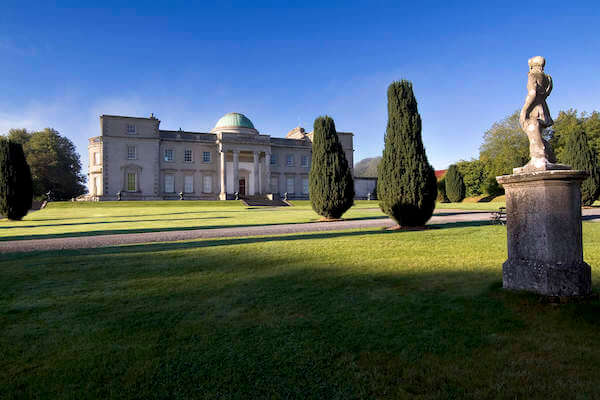
During the 20th century, it was owned by the Jesuits.
The grounds, which include formal lawns, a lake, and several woodland walks with various fine trees and shrubs, are open and free to visit.
The house is currently closed for renovations but visitors can walk around the grounds. Admission is normally €8 for adults, €6 for groups/seniors, €4 for children and students, and €20 for a family of 4.
Glebe House & Gallery, Co. Donegal
While this 19th-century house near Letterkenny is not open to the public, the Glebe Gallery, which adjoins the house, is open and is now free to view.
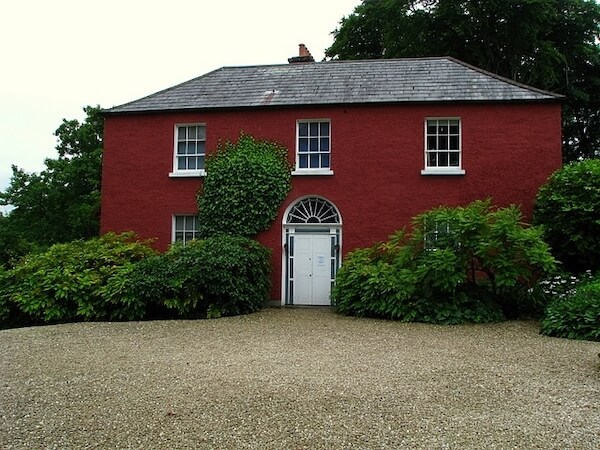
The gallery’s collection includes 300 works by leading 20th-century artists, including Picasso and others.
The gallery is open year-round, from 9 a.m. to 4:30 p.m. during the winter months (Nov. 1 – end of March) and 8 a.m. to 6: 30 p.m. during the summer months.
Admission includes a guided tour. Prices: €5 (adult), €4 (senior/ group rate), €3 (child/ student), and €13 (family).
Hill of Tara, Co. Meath
Best known as the seat of the High Kings of Ireland, the Hill of Tara was also an important ceremonial site.
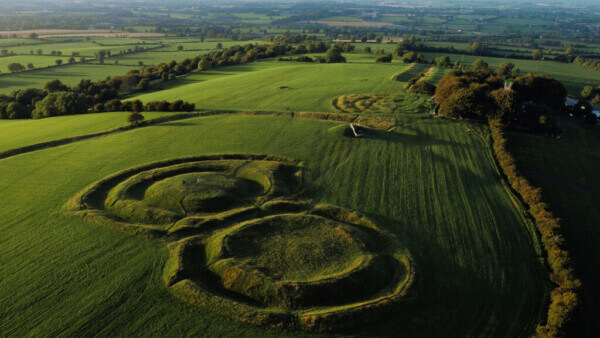
It consists of several monuments and earthworks from the Neolithic through Iron Ages.
Some of those include a passage tomb, otherwise known as the “Mound of the Hostages;” a standing stone, known as the “Stone of Destiny;” along with other burial mounds and round enclosures.
Free guided tours are available at this heritage site. Visitors should ask at the reception desk in the visitor center (church) or email [email protected].
A 25-minute audio-visual show is available in English, Irish, French, German, Italian, Spanish, and Japanese.
Get Wifi in Ireland with WifiCandy
JFK Memorial Park & Arboretum, Co. Wexford
This park is dedicated to the memory of President John Fitzgerald Kennedy, whose ancestors came from the Wexford area.
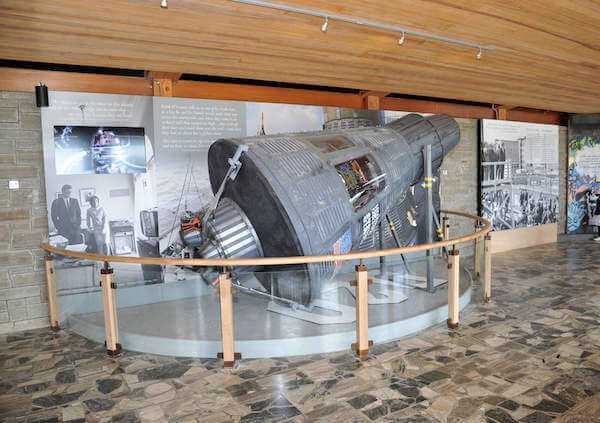
The 623-acre arboretum contains an impressive collection of plants, as well as 4,300 types of trees and shrubs from around the world. In addition, there are 200 forest plots grouped by continent.
The visitor center contains a number of exhibitions related to the late president as well as an audio-visual show. Guided tours are available at 12 noon and 3 p.m.
Admission is €5 for adults, €4 for groups/seniors, €3 for children/students, and €13 for a family of 4.
Jerpoint Abbey, Co. Kilkenny
This beautiful Cistercian abbey traces its history to the second half of the 12th century.
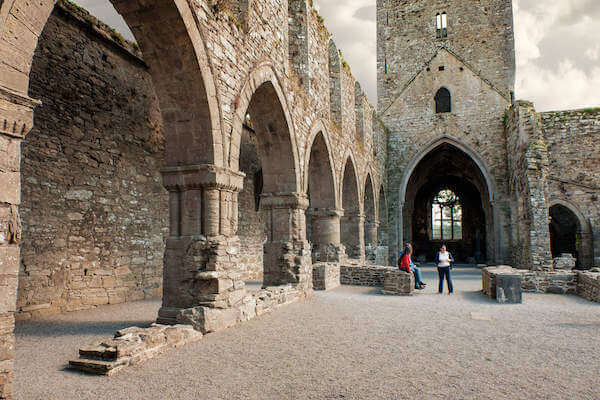
The church contains many Romanesque details from the period.
Other parts of the abbey were built later but also have beautiful architectural details, including a sculptured cloister arcade with unique carvings.
Visitors can do their own self-guided tour of this fascinating heritage site.
Admission is €5 for adults, €4 for groups/seniors, €3 for children/students, and €13 for a family of 4.
Old Mellifont Abbey, Co. Louth
This was the first of the Cistercian monasteries to be built in Ireland. It was constructed in 1142 by St. Malachy of Armagh. Its main attraction is the octagonal Lavabo, a device used to wash one’s hands.
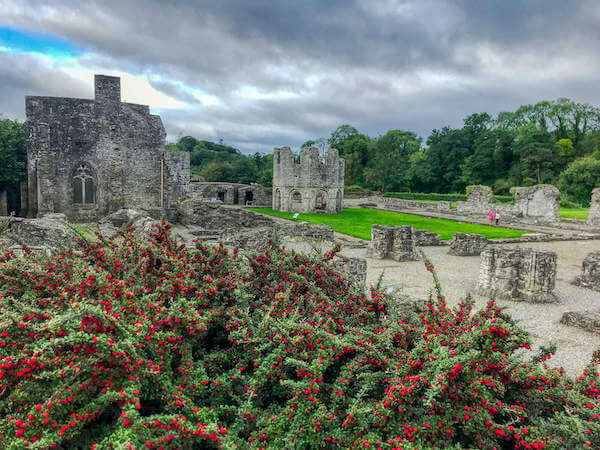
Eilish Tierney for Failte Ireland.
After the dissolution of the monastery in 1539, it became a private manor house.
One of the most important events to take place at the house was the Treaty of Mellifont in 1603, which ended the Nine Years’ War. It also served as King William of Orange’s headquarters during the Battle of the Boyne in 1690.
Touring the grounds is free. Access to the visitor center, which includes a guided tour, costs €5 for adults, €4 for groups/seniors, €3 for children and students, and €13 for a family of 4.
Ormond Castle, Co. Tipperary
This Elizabethan manor house was built in the 1560s by Thomas Butler, the 3rd Earl of Ormond.
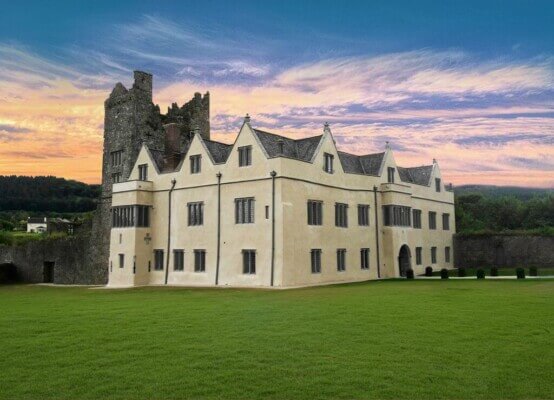
Ormond had a love of Elizabethan-style architecture, having lived in England for years beforehand.
When he returned, he added a Tudor manor house to the property, which at the time was the first of its kind in the country.
Access to the main rooms of the manor house is by guided tour only. Tours are available throughout the day from 10:30 a.m. to 5:15 p.m.
Admission is €5 for adults, €4 for groups/seniors, €3 for children and students, and €13 for a family of 4.
Portumna Castle & Gardens, Co. Galway
While it was gutted by fire in 1826, Portumna Castle is still a fine example of 17th-century Irish architecture.
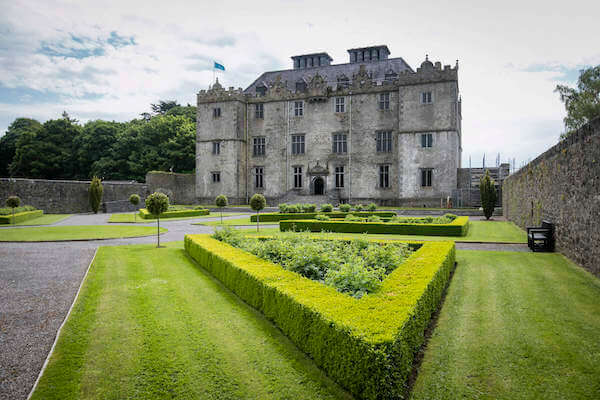
The castle was built by Richard de Burgo around 1618. It was the main seat of the de Burgo family for over 200 years.
In recent years, the castle’s roof was rebuilt and other conservation works were done, all part of the OPW’s plan to bring the building back to life.
A guided tour is included in the price of admission, which is €5 for adults, €4 for seniors/groups, €3 for students and children, and €13 for a family of 4.
Rathfarnham Castle, Co. Dublin
With its four flanker towers, Rathfarnham Castle is one of Ireland’s finest Elizabethan castles.
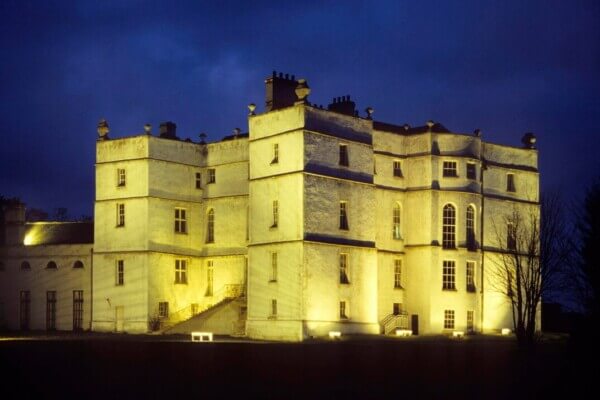
It is only 7 km (4 miles) from Dublin’s city center.
The original castle was built for Archbishop Adam Loftus, a Yorkshire clergyman who later became Archbishop of Dublin and Lord Chancellor of Ireland.
Rathfarnham Castle, along with other castles in the Dublin area, was also built to protect the city from surrounding Gaelic clans.
Daily guided tours of Rathfarnham Castle are available, although self-guided tours are also available. Admission is as follows: adults, €5; seniors/groups €4; children/students €3; and a family of 4, €13.
Roscrea Heritage Grounds, Co. Tipperary
The heritage grounds located in the town of Roscrea consist of a stone castle, with a walled courtyard, gate block, and angled towers, as well as the 18th-century Damer House and Gardens.
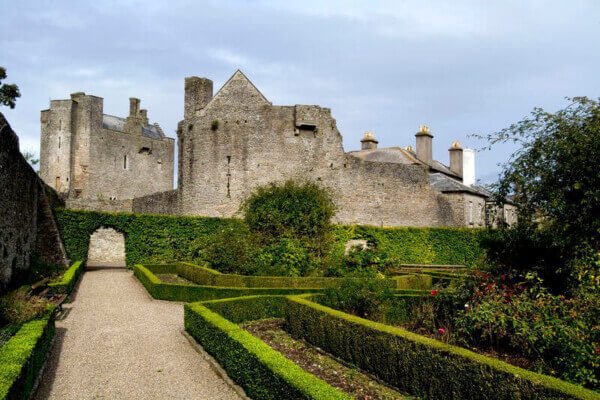
The castle was built in the 13th century and the Damer House was constructed in the 18th century in the Queen Anne style.
Roscrea Castle and Damer House are currently closed for renovation. Admission is normally €5 for adults, €4 for groups and seniors, €3 for children and students, and €13 for a family of 4.
Scattery Island Centre, Co. Clare
The island was once home to a monastic settlement founded in the 6th century by St. Senan and is the only one of Ireland's heritage sites run by the OPW that is not on the mainland.
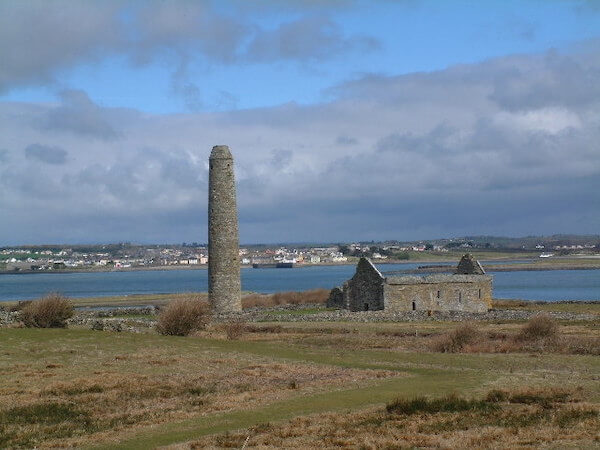
When you visit, you’ll find the ruins of six churches and one of the highest round towers in Ireland.
The Vikings raided the island in the early 9th century looking for valuables. Brian Boru later recaptured it.
More information on the history of the island can be found in the nearby visitor center.
A ferry to Scattery Island is available from the Kilrush marina. Admission is free.
Discover your Irish ancestors with a membership in Ancestry.com
Trim Castle Grounds, Co. Meath
This is the largest Anglo-Norman castle in Ireland, constructed over a period of 30 years by Hugh de Lacy and his son, Walter.

The castle was chosen because of its location overlooking the River Boyne. The area was an important early medieval ecclesiastical and royal site.
Visitors can tour the castle grounds free of charge. Guided tours of the Keep are included in the admission price, which is €5 for adults, €4 for groups/seniors, €3 for children/students, and €13 for a family of 4.
Read More: 5 Heritage Towns that Will Make You an Expert in Irish History

